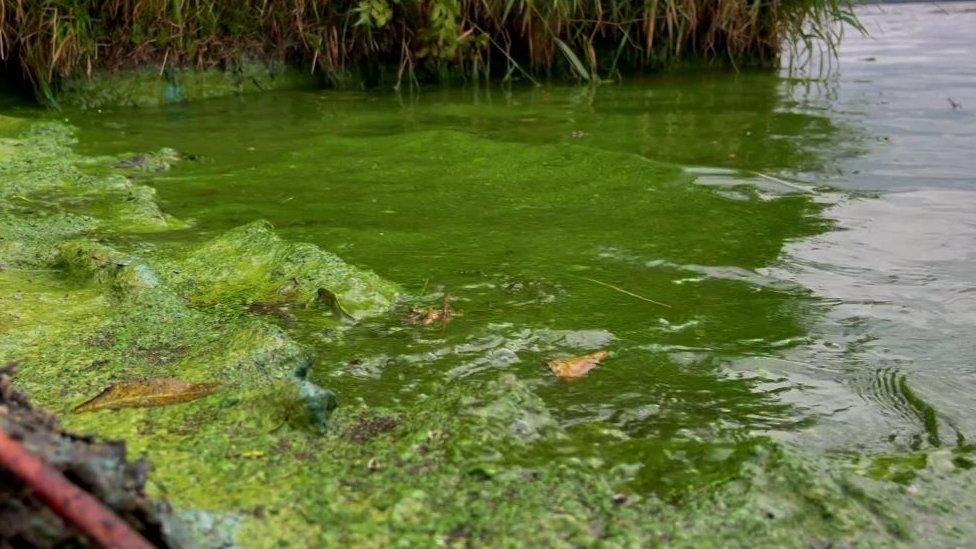How do you solve the Lough Neagh blue-green algae problem?
- Published
Lough Neagh: Why has the UK's largest lake become green and toxic?
Colder, stormier weather and the darker days of autumn and winter are a natural weapon against the blue-green algae blooms that have been plaguing Lough Neagh.
But, the problem is likely to happen again.
That's according to scientists at the Agri-Food and Biosciences Institute (AFBI), who have been studying Lough Neagh for decades.
Managing nutrient run-off is the main way of mitigating algal-blooms.
Nutrients like phosphorus and nitrogen are found in agricultural fertiliser, which can be washed off land into waterways.
They stimulate growth.
At the start of what has become the summer of blue-green algae, AFBI warned that blooms in the lough were at levels not seen since the 1970s.
Then, agricultural run-off was largely seen as the sole cause of blooms.
Fifty years later, Dr Adam Mellor from AFBI said the picture is more complicated.
"At some points we were successfully reducing our nutrient load to the lough and then that started to creep up again.
"Those concentrations have been building of both nitrates and phosphates probably since about 2012, so quite considerable inputs.
"There's also been this gradual creep - since the 60s we've been measuring this - with temperature, that's now reaching thresholds where we're going to get a lot more plant growth and, of course, we've got the invasive species, the zebra mussel have come in.
"So the system has become more unstable as some of these creeping processes have come in to play."
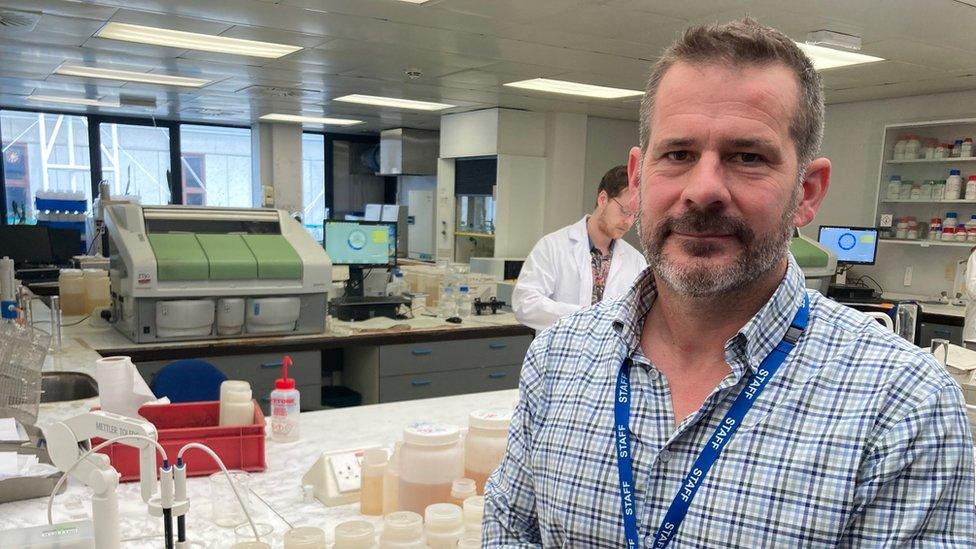
Dr Adam Mellor said the system has become more unstable
And, Dr Mellor said, it is not down to any one part of society to put the situation right.
"It really is one of those things where it's going to take everyone from every sector to actually manage how we want our land to be managed, how we want our wastewater to be treated, and how we all contribute through that, down to the detergents we want to use and things like this.
"We have to be optimistic, otherwise we would say, let's just continue on a downward spiral."
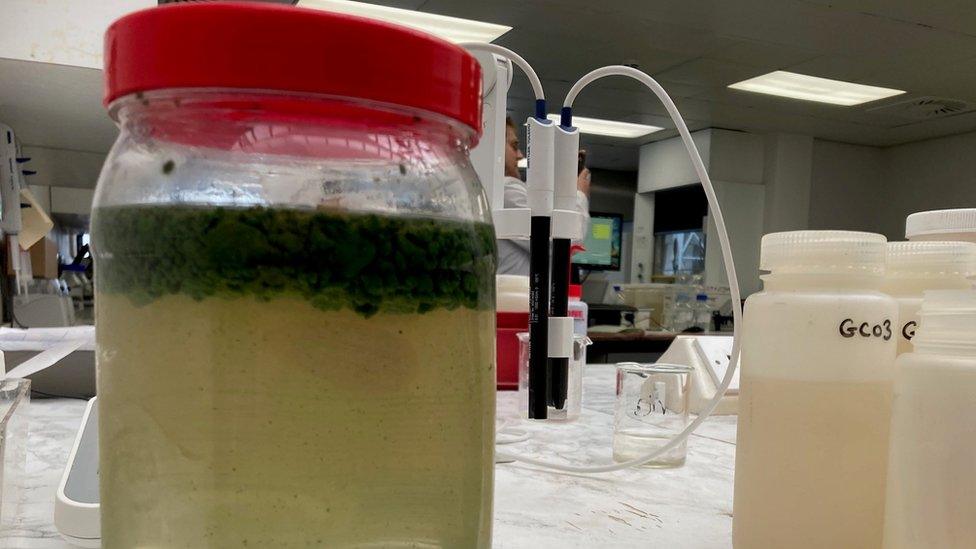
Scientists study water samples with blue-green algae
A spokesperson for the Department of Agriculture, Environment and Rural Affairs (DAERA) said it was a "multi-factorial issue that will take years if not decades to solve".
They added that a panel of experts has been formed to develop "recommendations that will put Northern Ireland on a clear pathway to achieving good water quality following the blue-green algae detections over the summer".
"DAERA will look at all feasible options, but recommendations for action will have to be considered in the context of competing budgetary demands across the public sector and, in due course, the priorities of a returning Executive."
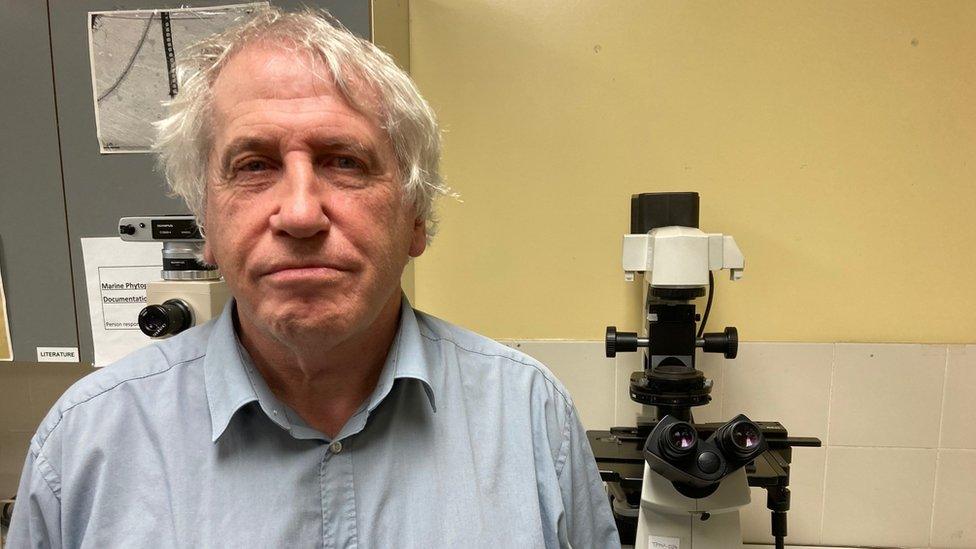
Dr Matthew Service believes these issues are likely to reoccur
The scientists agree this is a long-term problem needing long-term solutions.
Marine ecology leader Dr Matthew Service said everyone "should seriously be starting to think about managing and mitigating these events over the next few years", as he believes it is likely they will reoccur.
"In the long-term, the only way of really resolving this is managing the nutrients going into the lough and controlling the algae growth.
"Medium-term, I think there are measures that we can put in place.
"Proper catchment management, some of what you might regard as nature-based solutions, things like riparian strips (planted river banks) and reed beds.
"All these issues could help soak up some of the nutrients and may in the medium-term be a start to resolving the problem.
"But in the long-term, it's only through a comprehensive nutrient management plan.
"There is really no quick fix."
Related topics
- Published4 October 2023
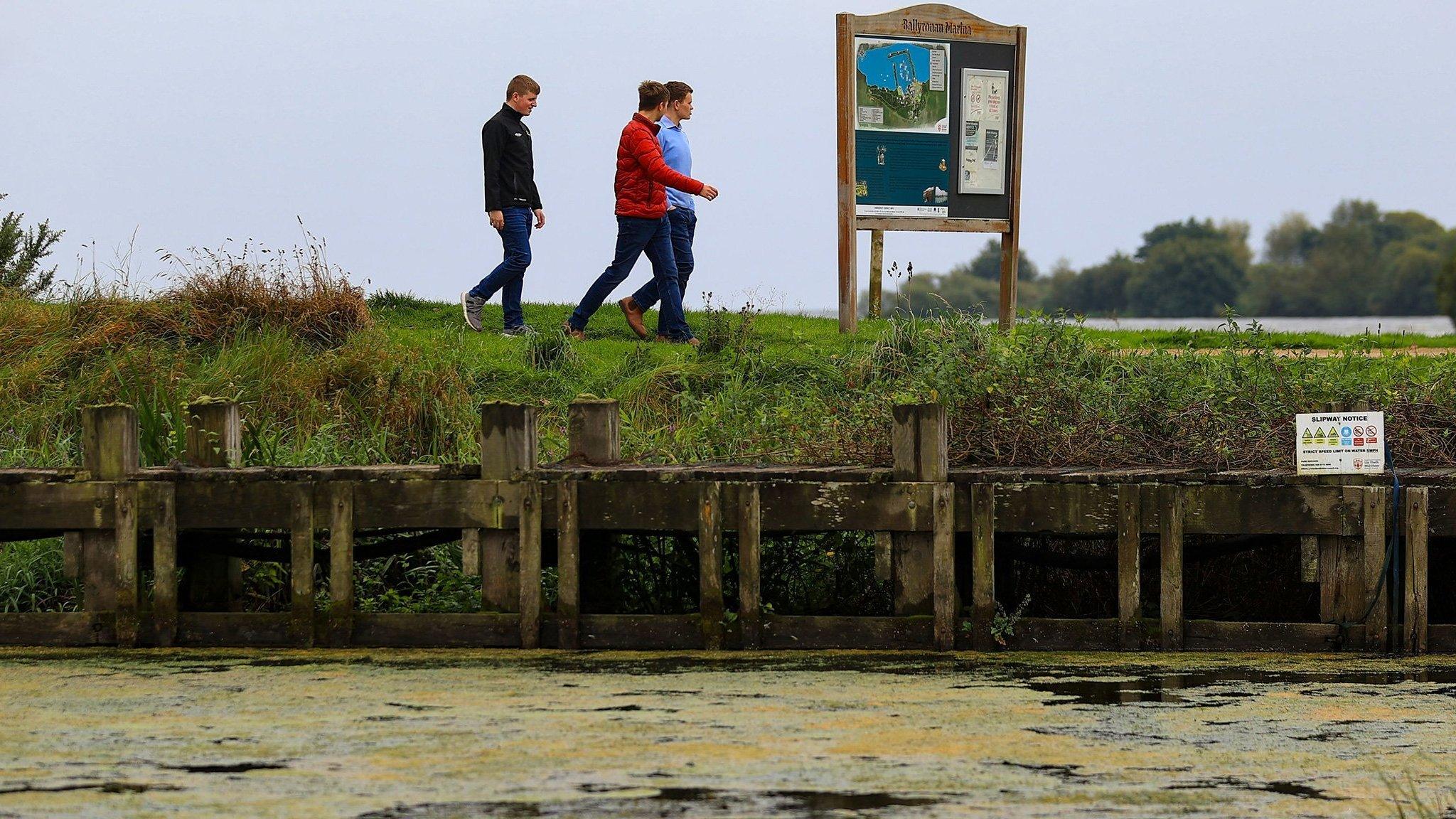
- Published3 October 2023
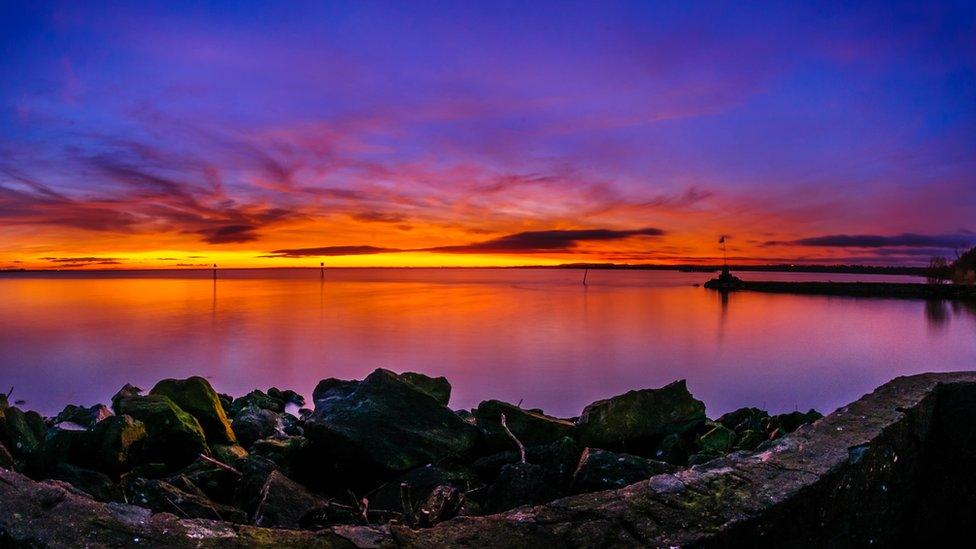
- Published28 June 2023

- Published26 September 2023
